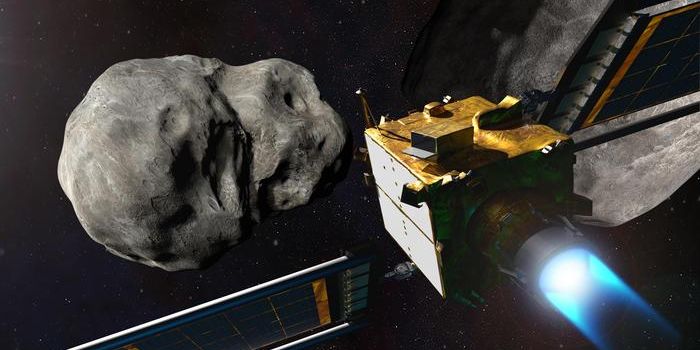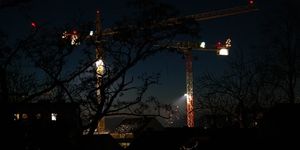NASA Rocket Mission Launched to Test New X-ray Detector Technology
On August 21st, a NASA-funded sounding rocket mission launched from White Sands Missile Range in New Mexico. The goal of the mission was to test X-ray detector technologies for future missions by observing the remnants of an exploded star, supernova remnant Cassiopeia A – or Cas A. This is one of the most well-studied objects in the night sky. It is located 11,000 light years away and the material from the supernova explosion has spread across 13 light years of space. The team hopes that the new technology will uncover new details about the eruption event.
The sounding rocket carried Micro-X: the High-Resolution Microcalorimeter X-ray Imaging experiment. Sounding rockets make brief, fifteen-minute voyages into space before falling back to the ground. They are cheap and efficient ways to test technology, and because of this, they are how many cutting-edge technologies make their first trips to space. During the flight, Micro-X had approximately five minutes to observe its target Cas A. Many other missions have observed Cas A, but Micro-X will be able to see it in much more detail. Micro-X has a spectral resolution of about 50 times higher than current X-ray spectrographs. The X-ray spectrum of an object is like its unique fingerprint. The spectrum obtained can reveal the composition, history, and state of the gas and ejecta from the supernova explosion. Thus, by looking at the spectrum, astronomers will be given clues about how the death of the star may have occurred.
Micro-X was first launched and tested on July 23, 2018, and since then, the resolution of the instrument has increased by a factor of two. The goal of this trip was to test the new resolution for future space missions that may want to use this updated technology, such as the European Space Agency’s (ESA) ATHENA (Advanced Telescope for High-ENergy Astrophysics) mission. The goal of ATHENA is to map hot gas structures and determine their physical properties, as well as to search for supermassive black holes. ESA selected ATHENA in 2014, and it is currently in its study phase, which is where the mission design and cost will be determined. It will be proposed for adoption soon (around 2023), and if the plan is accepted, it will begin the construction phase. ATHENA is currently anticipated to launch in 2035 if everything goes to plan.
Source: nasa.gov








